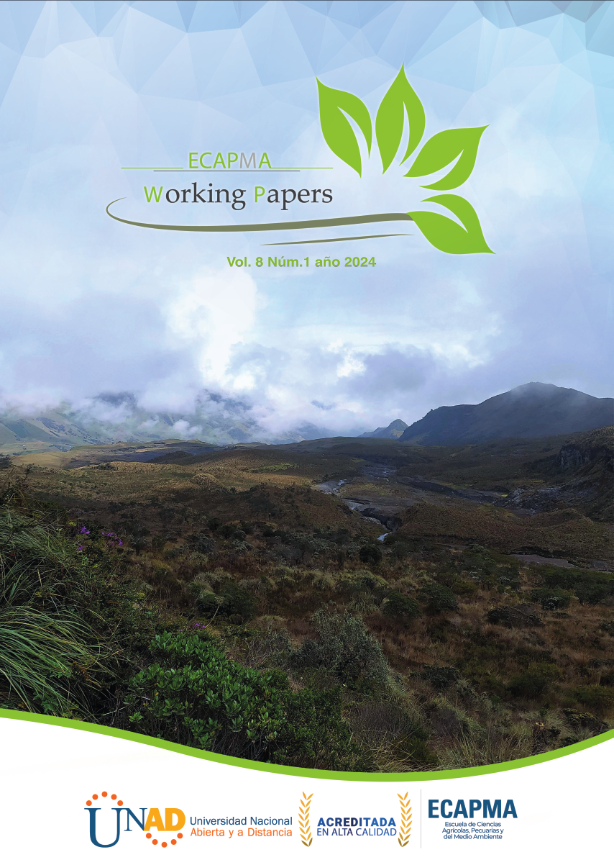Evaluation of the incidence of Phytophthora spp. in cocoa clones, with applications of Trichoderma spp. in the municipality of Algeciras, Huila
Contextualization: Cocoa in Colombia is a crop of relevance not only for its economic factor, but also for its social and environmental setting; according to the Governor's Office of Huila (2022) it is estimated that cocoa in Huila is the livelihood of about 3,300 families, with approximately 7,000 hectares planted. Regarding the phytosanitary management of this crop, the disease caused by Phytophthora spp. stands out as one of the most limiting diseases for production (Rodríguez y Vera, 2015).
Knowledge gap: In Colombia there is little research on the relationship between clones and the development of the Phytophthora spp. disease, so this type of study is urgently required around influence of the project, so research advances have been made in clones by Agrosavia, but in other regions of the country.
Purpose: The objective of the present study was to evaluate the incidence of Phytophthora spp. in cocoa clones, with applications of Trichoderma sp. in environmental conditions of the department of Huila, to contribute to the research line in agricultural biotechnology.
Methodology: Evaluation parameters were used for incidence and severity of Phytophthora spp. in 10 cocoa clones: EET 8, TSH 565, SCC 61, ICS 1, ICS 95, HIBRIDO, IMC 67, ICS 39, ICS 60 and CCN 51: T1: (Trichoderma asperellum, Trichoderma atroviridae, Trichoderma harzianum). Presentation wettable powder PW. T2: (Trichoderma viride) liquid presentation concentrated suspension SC. T3: Control, without any application; in two periods of production phase I (13, 20 and 27 December) and phase II (14, 21 and 28 May).
Results and conclusions: It is concluded that the effects on Phytophthora spp. respond to the combination of the susceptibility of the plant material used and the action of Trichoderma sp. on the cocoa crop. In phase II there is a significant difference between the control and the powder treatment, compared to the liquid treatment, the latter being the one that exerts better control over the disease.





